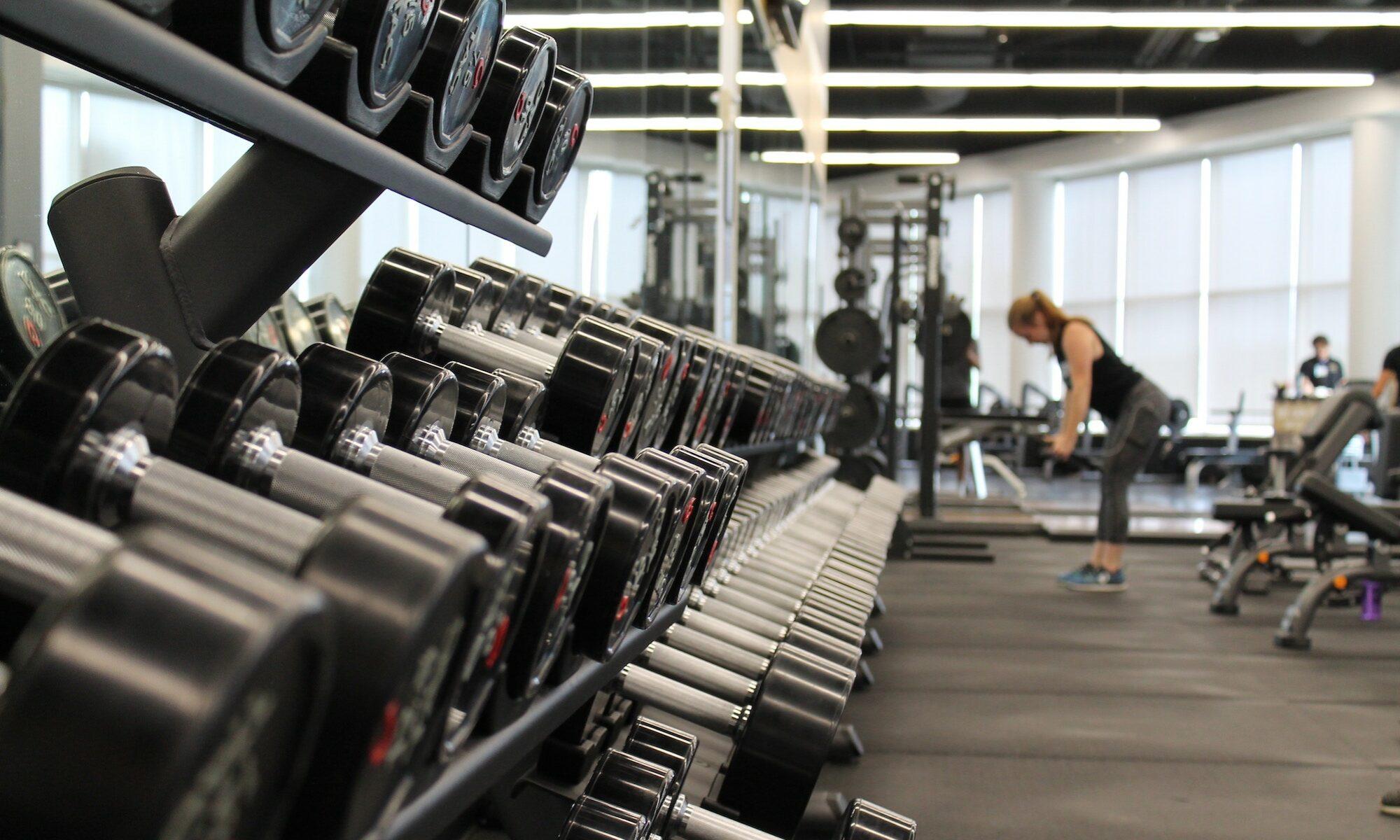In a world where physical prowess and mental resilience are becoming increasingly valued, strength training has transcended fad status to become a cornerstone of comprehensive fitness routines. From the ancient Greeks wielding massive stones to today’s high-tech gyms, the pursuit of physical power remains a timeless goal. As of 2025, the surge in popularity surrounding strength training is supported by a mountain of scientific evidence demonstrating its benefits, including enhanced muscle mass, improved bone density, metabolic boosts, and increased functional independence. This guide dives deep into mastering the most effective techniques, blending age-old wisdom with modern innovations, to help enthusiasts elevate their strength gains and redefine their limits.
Understanding the Foundations of Strength Training
Strength training involves more than simple lifting; it’s a scientific art that balances load, volume, recovery, and progression. The core principle rests on disrupting homeostasis in muscle fibers through deliberate overload, stimulating growth and adaptation. Unlike cardio-based routines, which primarily enhance cardiovascular health and endurance, strength training emphasizes muscular hypertrophy, neuromuscular efficiency, and joint stability.
Recent studies from our research in 2025 confirm that engaging in resistance exercises regularly not only fortifies muscles but also benefits cognitive functions and psychological well-being. With exercise science continuously evolving, it’s vital to understand how to optimize your regimen with proven methods and innovative techniques. Whether you are passionate about competitive sports, body transformation, or general wellness, mastering these principles will set a solid foundation for long-term success.
Top Exercises for Building Raw Power and Muscle Mass
Certain compound movements serve as the bedrock of any effective strength training program. These multi-joint lifts recruit numerous muscle groups simultaneously, fostering maximum hypertrophy and strength. Incorporating these exercises with proper form and progressive overload ensures substantial gains over time.
Key exercises include:
- Back Squat: A powerhouse movement targeting quadriceps, hamstrings, glutes, and core.
- Deadlift: Engages posterior chain muscles, including spinal erectors, glutes, and hamstrings.
- Bench Press: The primary chest builder, also involving triceps and shoulders.
- Overhead Press: Builds shoulder stability, overhead strength, and improves posture.
- Weighted Pull-Ups: Enhance upper body pulling strength and grip endurance.
For beginners, starting with manageable weights and utilizing accessories like resistance bands or machine variants can lead to durable progress. For advanced athletes, integrating variations like sumo deadlifts or paused squats adds depth to training and triggers new adaptations.
To support your growth, explore comprehensive strength training techniques that marry classic lifts with cutting-edge methods designed for diverse experience levels.
Incorporating Progressive Overload for Long-Term Gains
Progressive overload remains the most fundamental principle to continuous improvement. It hinges on gradually increasing stress to muscles and the nervous system, compelling adaptations. Deviating from this principle results in plateaus where muscles adapt and cease to grow.
Effective strategies include:
- Incremental Load Increase: Adding 2.5-5% weight weekly or bi-weekly.
- Repetitions and Sets: Extending reps within a manageable range or increasing set volume.
- Complex Variations: Switching to more challenging exercise variants, such as from regular squats to front squats.
- Time Under Tension: Slowing down the eccentric phase to intensify muscle engagement.
- Rest Period Management: Shortening recovery times to boost metabolic stress.
Implementing periodized training cycles ensures phases of intensity and recovery are balanced, leading to sustained progress without overtraining or injury risk. For a detailed blueprint, consult advanced strength training techniques.
Advanced Techniques to Break Through Plateaus and Maximize Growth
Beyond foundational principles, specialized training methodologies can invigorate stagnant progress. These techniques demand precise execution, increased focus on form, and adequate recovery. They have been validated in numerous studies and embraced by professional athletes, notably in organizations like Bodybuilding.com and Muscle & Fitness.
| Technique | Description | Benefits |
|---|---|---|
| Drop Sets | Perform an exercise to failure, then reduce weight instantly and continue | Increases hypertrophy, time efficiency |
| Supersets | Two exercises back-to-back for antagonistic or synergistic muscles | Saves time, enhances intensity |
| Trisets | Three exercises performed consecutively without rest | Elevates fatigue, promotes muscular endurance |
| Giant Sets | Four or more exercises targeting same or related muscles | Maximizes volume, boosts muscular hypertrophy |
| Blood Flow Restriction | Uses cuffs/wraps to limit blood flow, increases metabolic stress | Builds muscle with lighter weights, reduces joint stress |
Integrating these advanced strategies can dramatically alter progression curves, especially when combined with well-planned periodization. For example, pairing structured strength programs with techniques like cluster sets or rest-pause methods optimizes stimulus and recovery.
Designing a Personalized and Effective Strength Program
No two athletes are identical, requiring bespoke approaches tailored to experience, goals, and limitations. An effective plan balances volume, intensity, and frequency while gradually introducing advanced techniques to avoid overtraining. Training split options include:
- Full Body 3x/week: Good for beginners or those with limited time.
- Upper-Lower Split 4x/week: Provides sufficient volume and recovery.
- Push-Pull-Legs 6x/week: For experienced lifters seeking maximal gains.
- Hybrid Approaches: Combining strength, hypertrophy, and functional training, as advocated by Fitness Blender.
Tracking progress with tools like Strength & Conditioning apps or balance assessments ensures continual improvement and safety.
Incorporate varied equipment, from barbells and dumbbells to resistance bands and machines, to mitigate boredom and target muscles differently, thereby fostering comprehensive development.
Frequently Asked Questions About Mastering Strength Training Techniques
- How often should I incorporate advanced training techniques? Implement advanced methods like drop sets or supersets once or twice a week within your overall program to avoid overtraining and ensure proper recovery.
- Can beginners use these techniques? Most advanced techniques are not suitable for beginners; prioritize mastering fundamental movement patterns and gradual overload before progressing to complex methods.
- What are the risks associated with these techniques? Overuse or improper execution can lead to injury, fatigue, or burnout. Always prioritize form, listen to your body, and consider coaching or expert guidance.
- How do I know when to escalate my training intensity? Signs include plateaus, boredom, or a decline in performance. Analyzing progress and consulting resources like training programs can guide progression.
- Are these techniques suitable for women and older adults? Absolutely; with proper modifications, techniques like blood flow restriction or lighter load variations can empower women and older populations to gain strength safely.


